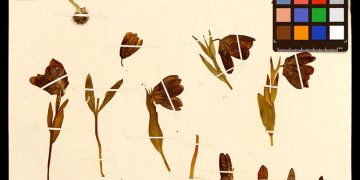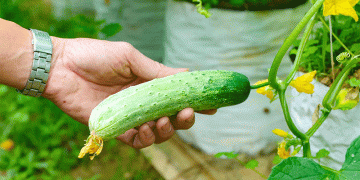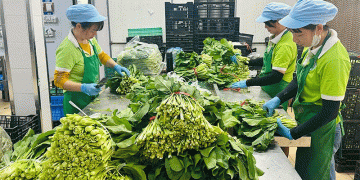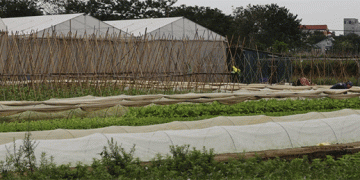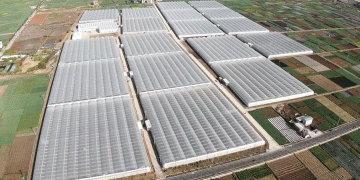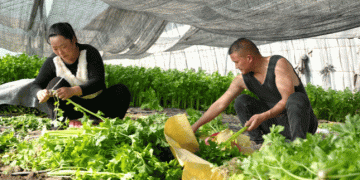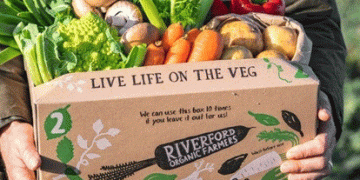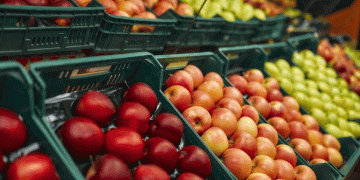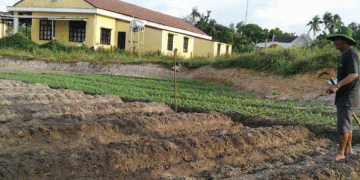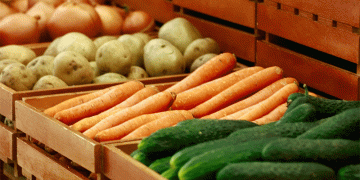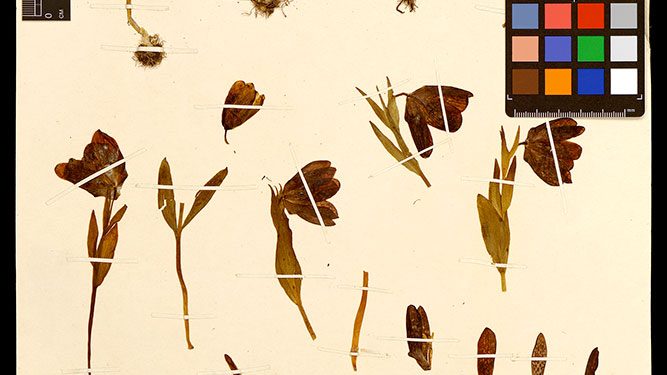The collection of the Herbarium is replenished annually by about 20,000 specimens. All collected material must be carefully prepared and mounted.
Scientists at Moscow State University named after M.V. Lomonosov, within the framework of the Noah’s Ark project, created one of the world’s largest digital herbariums – a collection of scanned images of herbarium specimens from the collections of the Faculty of Biology. In the process of studying and replenishing the Herbarium funds, scientists published articles in the journals Phytotaxa, Plant Ecology and Evolution and PeerJ.
The samples in the collection are not stored randomly. First there is a sorting according to the geographical principle, and then according to the index book.
“The Noah’s Ark project is absolutely unique for Russia, and indeed for the whole world,” says Petr Kamensky, scientific coordinator of the project, leading researcher at Moscow University. — The main goal of the project is the conservation, research and beneficial use of the biological diversity of our planet. Of course, many other projects have served and serve these purposes, but within the framework of Noah’s Ark, we work with all possible types of biological samples – from dried insects to human cells and entire organs. An important part of the project is the creation of a single biocollection information space. In other words, we are developing a digital resource that will combine the maximum possible amount of information about biological collections. The Digital Herbarium of Moscow University is the first sign of our information system, which clearly demonstrates all the benefits of a global approach to biodiversity analysis.”
Now the digital herbarium of Moscow University has 786,000 specimens. The images are already available to everyone on the portal of the Depository of Living Systems of Moscow State University.
To date, the digital herbarium of Moscow State University named after M.V. Lomonosov ranks first in the world in terms of the number of scanned samples among university collections and sixth place “in the overall standings”, second only to the collections of the largest scientific centers in the world: Paris, Leiden, Beijing, New York and Washington.
The Herbarium of Moscow University (MW) is a collection of world significance, the first mention of which dates back to 1780. It is one of the leading centers for the study and documentation of plant diversity. The volume of funds exceeds 1,011,000 samples. Here are concentrated both the most valuable historical relics associated with the names of Carl Linnaeus and James Cook, as well as extensive materials of subsequent flora researchers.
The herbarium is constantly updated with new digitized specimens. Over the past five years, employees of Moscow State University have discovered 60 species of flowering plants, and only eight of them were found in Russia. In 2016 alone, 16 new plant species were found. A sample of each plant is herbarized and submitted for collection to a scientific institution with which the scientist collaborates. After that, the image of each open plant gets into the digital herbarium. It is also possible to obtain material from foreign herbariums for study: scientific organizations will find out which plants or geographical regions are of interest to each of the parties, after which packs of samples are changed according to the “sample for sample” principle.
“The work on digitizing the university herbarium began in the spring of 2015, and in a year and a half, all the numerous representatives of the flora of Eastern Europe, Siberia and the Far East, the Crimea, the Caucasus, Mongolia, African countries and South Asia were scanned,” says Alexei Seregin, one of the developers of the digital Herbarium, Doctor of Biology, Leading Researcher at the Herbarium of Moscow State University named after M.V. Lomonosov, Head of the “Plants” direction of the “Noah’s Ark” project. — The created database is the largest repository of information on the diversity and distribution of plants in Russia. It is intended for both professionals and amateurs who want to learn more about flora. In order to use the digital herbarium, it is enough to enter the Latin name of the plant or use the advanced search function. All images are presented in high resolution so that individual fragments of the sample can be studied without the need to separately digitize the detail of interest.
Digitization was carried out by the scientific team of Moscow State University named after M.V. Lomonosov and a partner company. Only six full-time employees of the Herbarium of Moscow State University participated in the process, however, we actively involved volunteers from among the students of our university in the work.”
The creation of a digital herbarium of Moscow State University named after M.V. Lomonosov is carried out within the framework of the grant of the Russian Science Foundation “Scientific foundations for the creation of the National Depository Bank of Living Systems” (the scientific part of the Noah’s Ark project).
